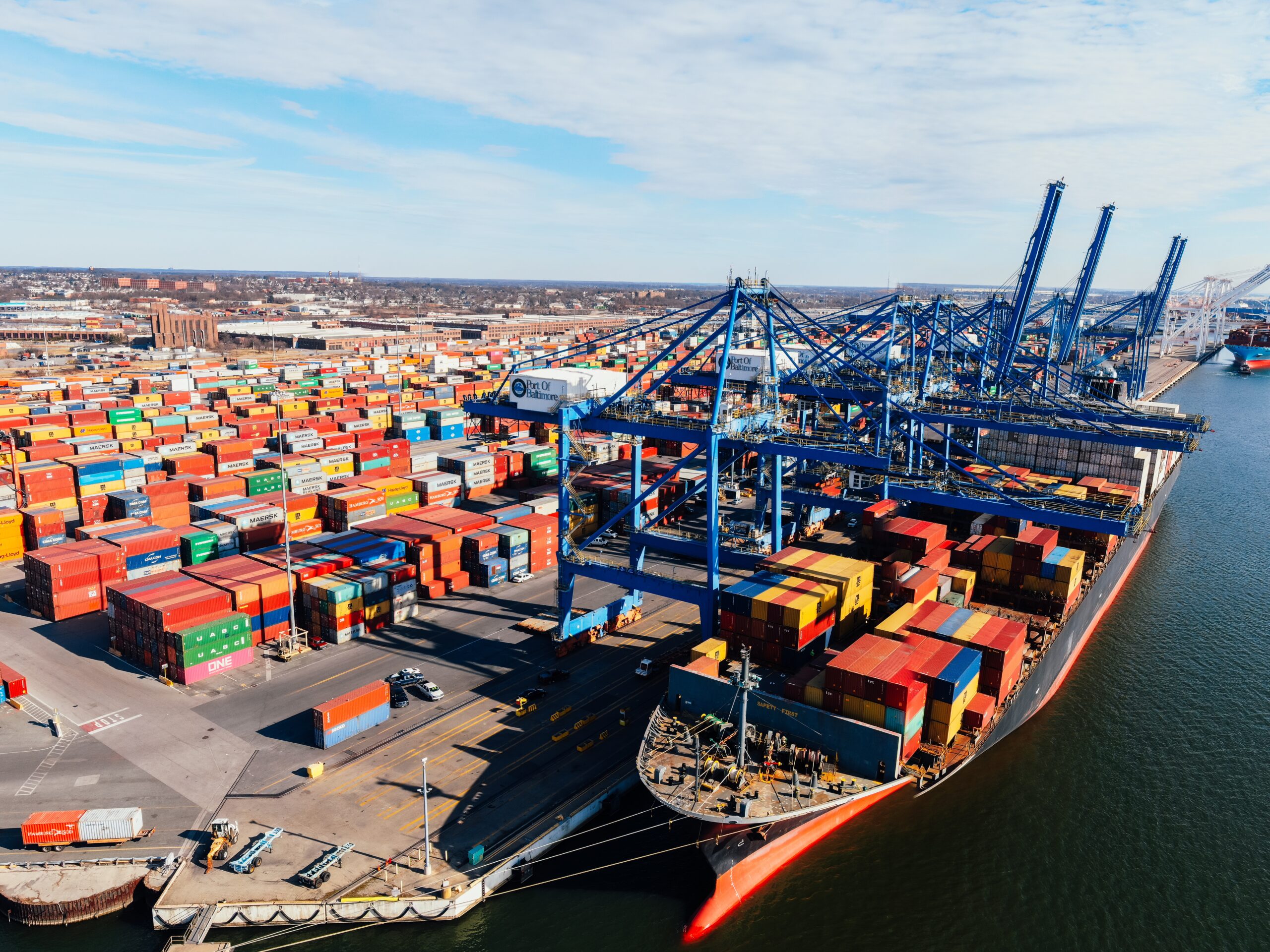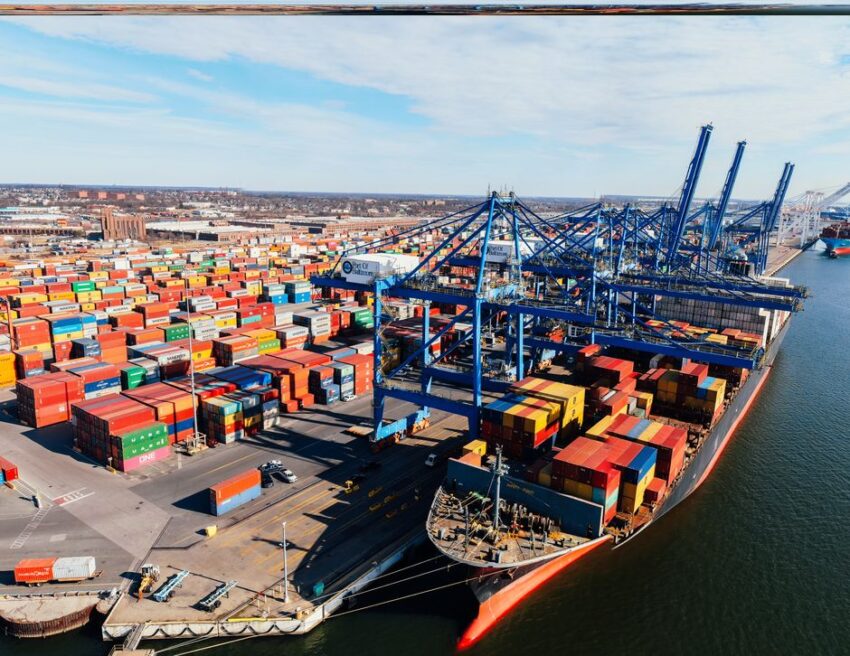The Bill of Lading aka BoL or B/L is the most important shipping document that serves as a receipt of freight forwarding services. It works as a contract and a document of title between the carrier and the shipping company or freight forwarder. Over the last couple of years, the digitization of the freight forwarding industry has prompted shippers to transform the traditional paper based B/L into the Electronic Bill of Lading or eB/L. Check out today’s post where we have discussed the advent of the E Bill of Lading and how it is all set to increase the operational efficiency of the freight forwarding industry.

The drawbacks of traditional Bill of Lading for the freight forwarding industry
The B/L is the most crucial document of international trade that has been existent for several centuries. It serves as the contract of carriage between the exporter/forwarder/shipper and the carrier. Moreover, it acts like a receipt of cargo attesting the fact that the shipment has been loaded on the vessel. Lastly, it is a document of title to the shipment. In other words, whichever party possesses the original copy of the B/L is legally obliged to deliver it to its destination.
However, the B/L is a paper document that carriers and forwarders exchange via couriers. Additionally, it necessitates manual checking which makes this document subject to human errors. More importantly, a physical B/L is also prone to getting forged, misplaces, or stolen. This could greatly complicate the on-time delivery of cargo resulting in substantial loses for all the stakeholders of the shipment. The use of express courier service for exchanging B/L is also expensive both in terms of time and money. All these drawbacks bring down the efficiency of the shipping process and increase the operational expenses.
The rise of Electronic Bill of Lading
In a bid to do away with the several drawbacks of paper B/L, the container shipping industry as well as the air freight industry are seeking solutions that can enhance document processing while saving cost and time. Since as early as the 90s the shipping industry has been making several attempts to come up with a solution for paperless shipping operations.
The advent of new technologies such as blockchain has provided a new impetus to the E B/L offering new innovative solutions. The E B/L will eventually replace the paper document of B/L along with courier services by a digital document that can be transferred via a cloud-based system. The electronic bill of lading doesn’t simply imply a digital version of a paper bill of lading. It is like an e-document that is created, approved and exchanged digitally via blockchain or cloud computing.
Benefits of the E B/L for the freight forwarding industry
-
Elimination of document transportation costs
One of the biggest advantages of the E B/L is that it allows for the elimination of the cost of document transportation from the freight forwarding process. The digital transfer of the documents allows for considerable cost cutting since the stakeholders of the shipping process are not required to pay the courier charges. Additionally, they also get to save considerable amount of time since the E B/L can be sent instantly. In other words, it cuts down the transfer time from weeks to a few seconds.
-
Enhanced security of document
The Electronic Bill of Lading can be digitally signed and encrypted. This removes all possibilities of forgery, manipulation or misplacement of the paperwork. Additionally, very soon 2- factor authentication will be an industry standard. This will further enhance the security of the document. Moreover, the E B/L is just a single document rather than the three original copies of the Bill of Lading. The E B/L can be easily tracked and managed. For instance, it allows for easy amendment, title transfer, surrender and even conversion to paper.
-
Ensures business continuity
A damage or misplacement of the paper B/L can spell disaster for the shipping companies. Creating a replacement B/L at a short notice can be a major problem that could lead to delays and disruption. This is a major problem that can be easily avoided with a digital Bill of Lading. They would ensure business continuity and allow for seamless flow of shipments.
-
Accuracy of data
Creating a Bill of Lading necessitates collection of data from several sources. Moreover, each time the data is re-entered there is an increased possibility of human error. Capturing the data in a digital formal completely eliminates the risk of manual error ensuring data accuracy.
Challenges for the Electronic Bill of Lading
The E B/Ls are eventually going to replace the paper B/Ls. Nevertheless, there are several challenges to the process of transition. Some of the key challenges to the E B/Ls are as follows-
-
Lack of a digital mindset
Even though the adoption of technology is revolutionizing the shipping process in so many ways, the freight forwarding industry is still somewhat averse to the digital changes. Before implementing the E B/L, the transportation and logistics industry needs to understand the benefits of digitization, adopt it, and get the required training to use it.
-
Legal complications
The Bill of Lading is the single most important document for international trade. It acts as a receipt of cargo, a document title of the cargo and a contract of carriage. This is why E B/Ls would require each country to amend, approve and adopt the new regulations that enable the Electronic Bill of Lading.
The good news is that the UNICITRAL (United Nations Commission of International Trade Law) came up with the Model Law of Electronic Transferable Records (MLETR) as early as 2017. Its purpose is to speed up the adoption of electronic transferable documents. The countries need to adopt these new laws so as to make the E B/L widely prevalent.


